The Weekly Anthropocene, May 7 2025
585 GW of new clean energy in 2024, an epic election win in Australia, heat resistant super-corals in Honduras & Polynesia, Togo solar, Arctic coasts, Coastal Virginia Offshore Wind, SunDay, and more!
The Big Picture
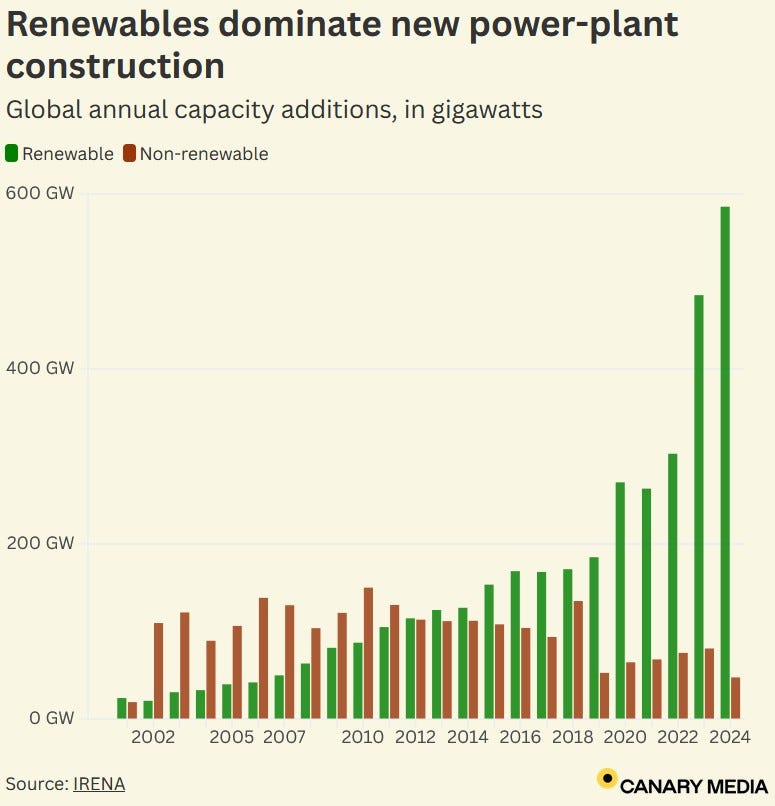
In 2024, clean energy (renewables plus nuclear) accounted for over 90% of all new electricity-generating capacity built by human civilization anywhere on Earth — a new record high. Over 585 GW of new clean energy capacity was built last year, (three-quarters of which was solar!) compared to just 47 GW of new non-renewables capacity, including all fossil fuels. Clean energy now provides around 40% of global electricity, and that share is very likely to keep rising. Spectacular news - let’s go faster!
Australia
The Labor Party government of Prime Minister Anthony Albanese has been leading Australia since 2022, with an excellent record of strong pro-clean energy industrial policy (as well as many other admirable accomplishments, including founding the Falepili Union climate refuge pact to help save the people of Tuvalu from sea level rise). Australia has seen a huge solar surge under Albanese’s leadership: about 37% of the country’s electricity now comes from solar and wind (with over 10% from rooftop solar!), and credible plans are underway to reach 82% renewable electricity by 2030.
But as recently as January 2025, they were trailing in the polls behind the right-wing anti-renewables Coalition under Trump-emulating opposition leader Peter Dutton. Now, the 2025 Australian election has been held on May 3, and Labor won in an epic landslide, increasing their governing majority from 77 to at least 86 of 150 legislative seats (a few are still being counted, and they might well end up with over 90). The Coalition fell from 53 to around 40 seats, with Dutton becoming the first sitting opposition leader in over 100 years to lose his own seat1. Spectacular news!
The self-destructive stupidity of the current U.S. regime appears to be strongly reminding the other nations of the world just how valuable it is to have competent2 and pro-democracy leadership. Here’s hoping this welcome electoral trend continues!
Honduras
The deadliest coral bleaching event in human history is ravaging most of Earth’s reefs — but evolution still has a few tricks up its sleeve to help survive these warmer seas.
An unexpected bleaching-resistant coral population has emerged in the “Cocalito” reef patch in Tela Bay on the Caribbean coast of Honduras. Primarily made up of critically endangered elkhorn coral (Acropora palmata), this “rebel reef” is displaying remarkable health despite its location in shallow, hot, and highly polluted waters — conditions similar to or worse than those that have caused mass coral die-offs elsewhere. Researchers are studying what makes the Cocalito coral special, and unpublished results suggest that they may host an “unusual heat-tolerant symbiont” which could someday be and used to help other reefs survive. Fascinating work!
French Polynesia
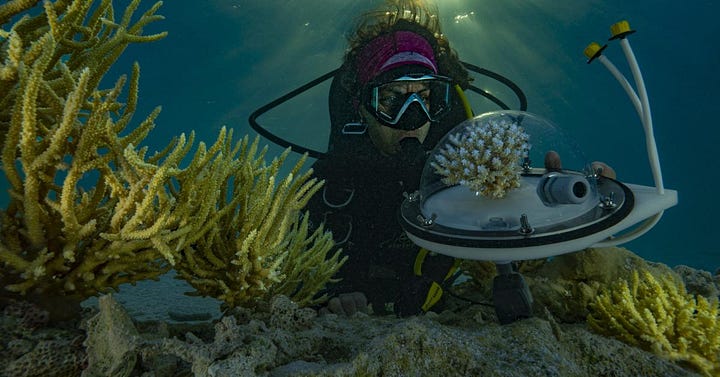
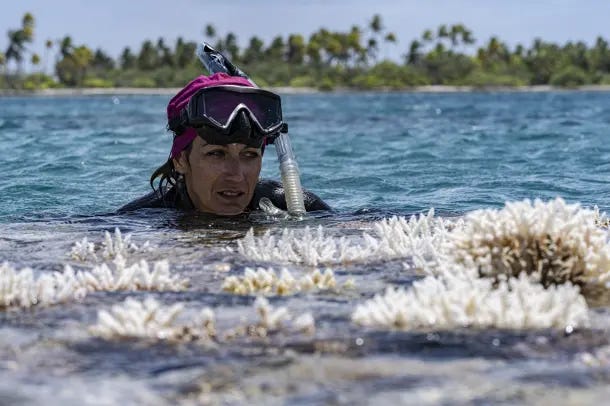
Scientists have discovered another patch of incredible “heat resistant super corals” at the remote Tatakoto atoll in French Polynesia, where exposure to extreme temperature fluctuations in a semi-enclosed lagoon appears to have stimulated the evolution of a thriving super-tough coral population, with heat-resistant adaptations across dozens of species. Notably, at Tatakoto corals in the genus Acropora (a genus including elkhorn, table, and staghorn coral, often the first to die during bleaching events due to their fragile branching structure) seem to have evolved such strong heat tolerance that they’re actually surviving intense heat episodes better that other corals generally considered more robust. Incredibly exciting news — it’s starting to look like we on planet Earth could still have wild coral reefs in 2100 after all!
Togo
Construction has begun on a new solar plus battery storage project in northern Togo, near the border with Burkina Faso. The project, built by a Chinese company, consists of 36,000 solar panels amounting to 25 MW of capacity plus 36 MWh of grid-scale battery storage. When complete in 2026, it should provide electricity to about 145,000 people in the nearby market city of Dapaong. The Solar Age keeps spreading!
Qatar
The fossil fuels-powered absolute monarchy of Qatar just doubled its solar power capacity, with the switching on of two state-owned solar projects, Ras Laffan and Mesaieed, adding 875 MW (0.875 GW) of new capacity. Qatar plans to build 4 GW of renewable energy by 2030. Even fossil gas-based autocracies want to harvest the sun!
Ghana
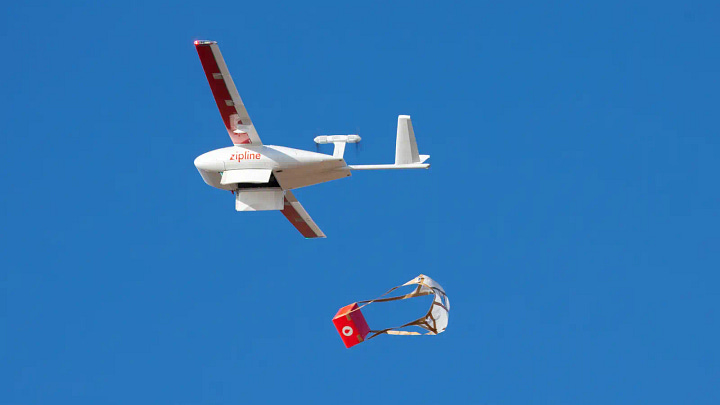

Ghana is among several African countries using autonomous electric drone delivery services from U.S. startup Zipline to transport vital medical supplies (including drugs, vaccines, malaria test kits, blood and anti-venom products) to remote areas. A recent study has found that Ghanaian medical facilities in the Ashanti Region that were served by Zipline drones saw a 56% reduction in maternal deaths compared to facilities not served by Zipline. Furthermore, more people appear to be visiting Zipline-served medical centers due to critical treatments being more readily available.
As the Trump administration’s shameful destruction of USAID has bedeviled African healthcare in recent months, Ghana is now expanding its partnership with Zipline to ensure uninterrupted supply of medical essentials, with deliveries increasing 30-50% in recent months. Rapid-response on-demand medicine delivery is a brilliant civilizational advance, and it’ll be more useful than ever in a climate-roiled world!
Arctic Ocean
A landmark new study in Nature Climate Change analyzed satellite imagery to calculate that melting glaciers on lands around the Arctic Ocean collectively revealed over 2,460 kilometers of “new” coastline and 35 “new” islands that went from being covered by ice to being open to the air between 2000 and 2020. About 53 kilometers of coastline was also “lost” as glaciers lubricated by meltwater moved to cover previously exposed areas. Anthropocene Earth is a shifting kaleidoscope.
“[The newly exposed coastlines]…may become home to important ecosystems that play a hitherto unquantified role in the global carbon cycle.”
— Dr. Simon Cook, to CarbonBrief
United States
While protests and a potential lawsuit endeavor to restart work on the capriciously halted Empire Wind 1 offshore wind farm project off New York (and 17 states have already sued to stop broader anti-wind stupidities), the Coastal Virginia Offshore Wind project continues its rapid progress — so far! Construction recently resumed after a pause to avoid disturbing migrating whales, and the two already-complete “pilot” turbines nearby have become widely known as a haven for fish and other marine life. CVOW is now “55% complete,” with 78 foundations already installed.
The first U.S.-built wind turbine installation ship, (just finished!), should soon arrive to help the build. The ultimate plan is for a total of 176 turbines amounting to 2.6 GW of capacity when this awesome artificial reef starts generating clean electrons in 2026!
After the current administration senselessly sabotaged work on the congressionally mandated National Climate Assessment by dismissing over 400 contributors, civil society has stepped up to keep it going, with the American Geophysical Union and American Meteorological Society announcing a plan to sustain the research effort.
A new 200-page feasibility report concludes that it would be entirely practicable to reintroduce the grizzly bear (Ursus arctos) to the state of California. Here’s hoping!
While momentum builds to introduce plug-in solar to America, climate activist leader Bill McKibben is spearheading plans for “SunDay,” a nationwide extravaganza of pro-renewable energy activism! Mark your calendars for September 21, 2025.
“That’s what SunDay is all about: in September it will feature rallies and concerts, e-bike and EV parades, teach-ins about heat pumps in the homes of owners. You name it—indeed, you think it up! This will be a largely DIY day of action, in every corner of the country, and if it works then when we’re done no one will ever talk about ‘alternative energy’ again. Everyone will know this is the normal, obvious, beautiful way forward.”
— Bill McKibben
Starbucks has opened its first-ever 3D-printed store in Brownsville, Texas, built by a COBOD robotic system “printing” layers of concrete. Faster and more efficient construction techniques like this (and modular housing) provide numerous benefits!
After years of “restocking” with hatchery-born fish, native lake trout (Salvelinus namaycush) have made a successful comeback in Lake Champlain, with a healthy wild-breeding population since 2015. Restocking will now be discontinued. Great work!
Researchers have discovered a fascinating new species of “biological wire”-like electricity-conducting bacteria, Electrothrix yaqonensis, living in mudflats on the Oregon coast. It might someday be used to create new bio-electric devices.
In April 2025, two new electric truck charging depots opened in southern California, from companies Terawatt and Greenlane. Many more are planned! Great work.
The first-ever driverless trucks in the U.S. are now carrying cargo on Texas roads.
At a recycling facility in Seattle, Amazon-supported startup Glacier has deployed four robots using AI to more efficiently sort waste into appropriate recyclable categories.
The state wildlife agency of Florida has begun a captive breeding and reintroduction program for the imperiled frosted elfin (Callophrys irus), a rare species of butterfly whose caterpillars glow when exposed to ultraviolet light. Several captive-bred caterpillars were recently placed on lupine plants in Ichetucknee Springs State Park.
As it happens, Dutton lost his seat to a para-athlete woman who lost her leg saving her son’s life. Heck of a victory for the good guys!
At this point in the global renewables revolution, supporting clean energy development in your country is now a baseline indicator of competence for a national leader.






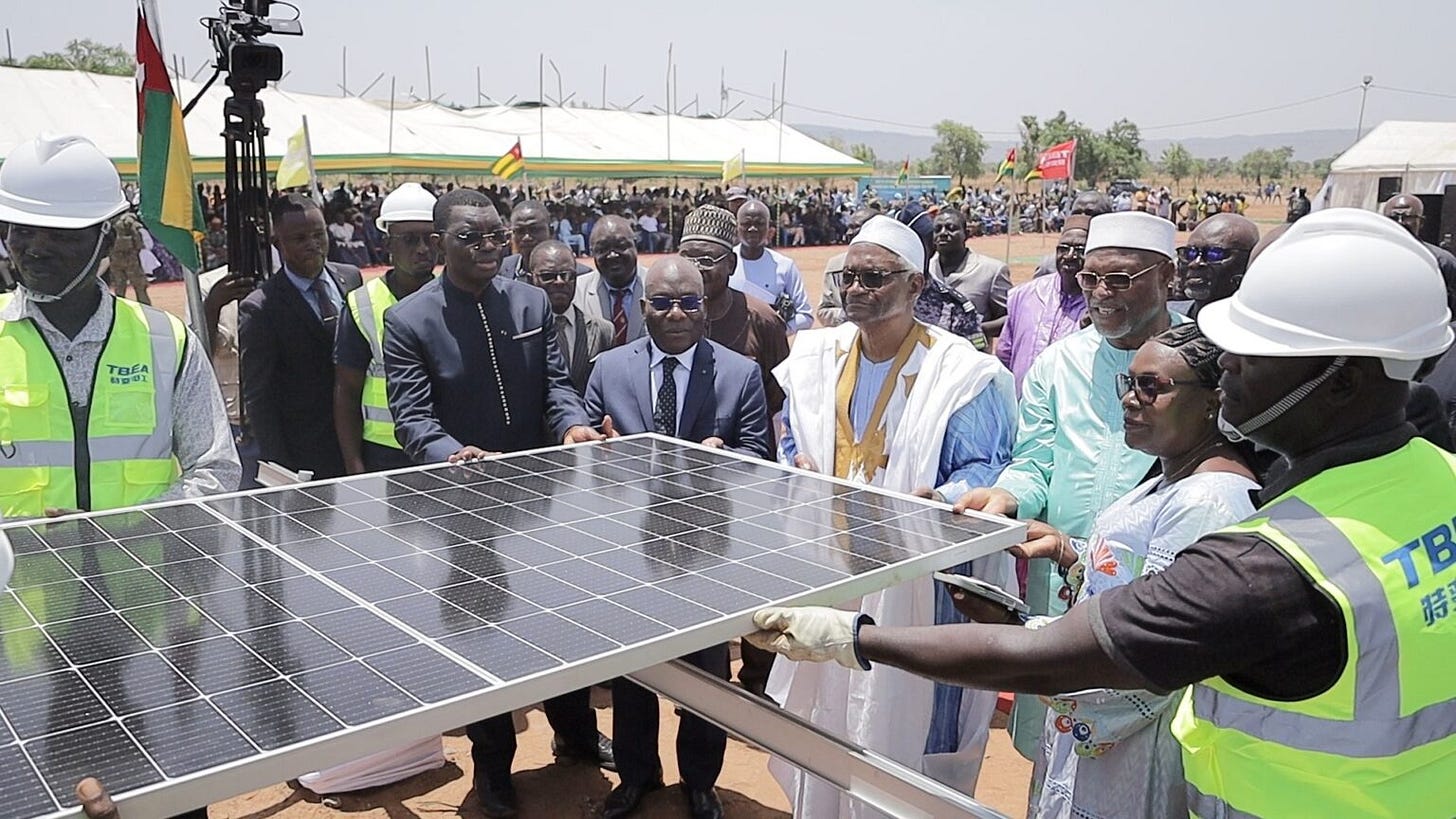


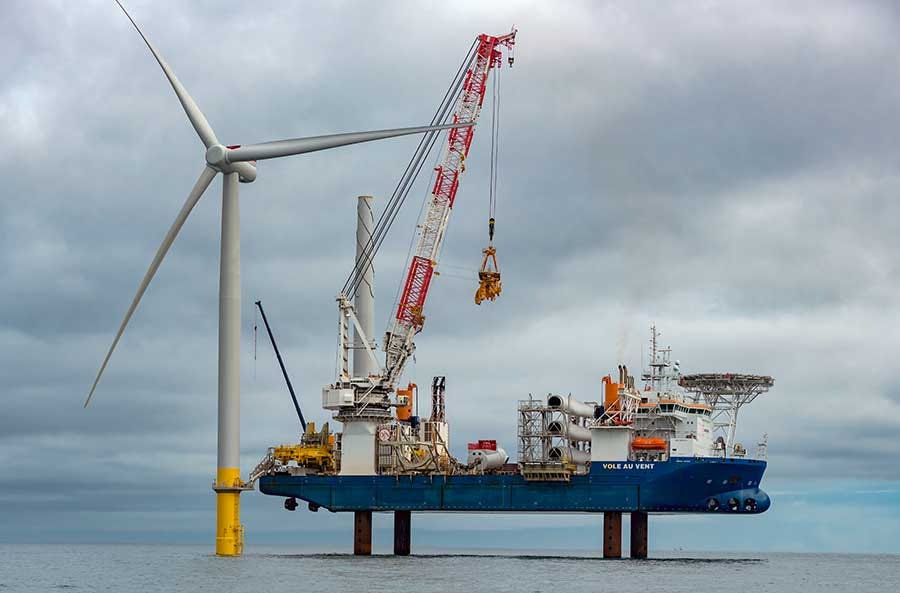
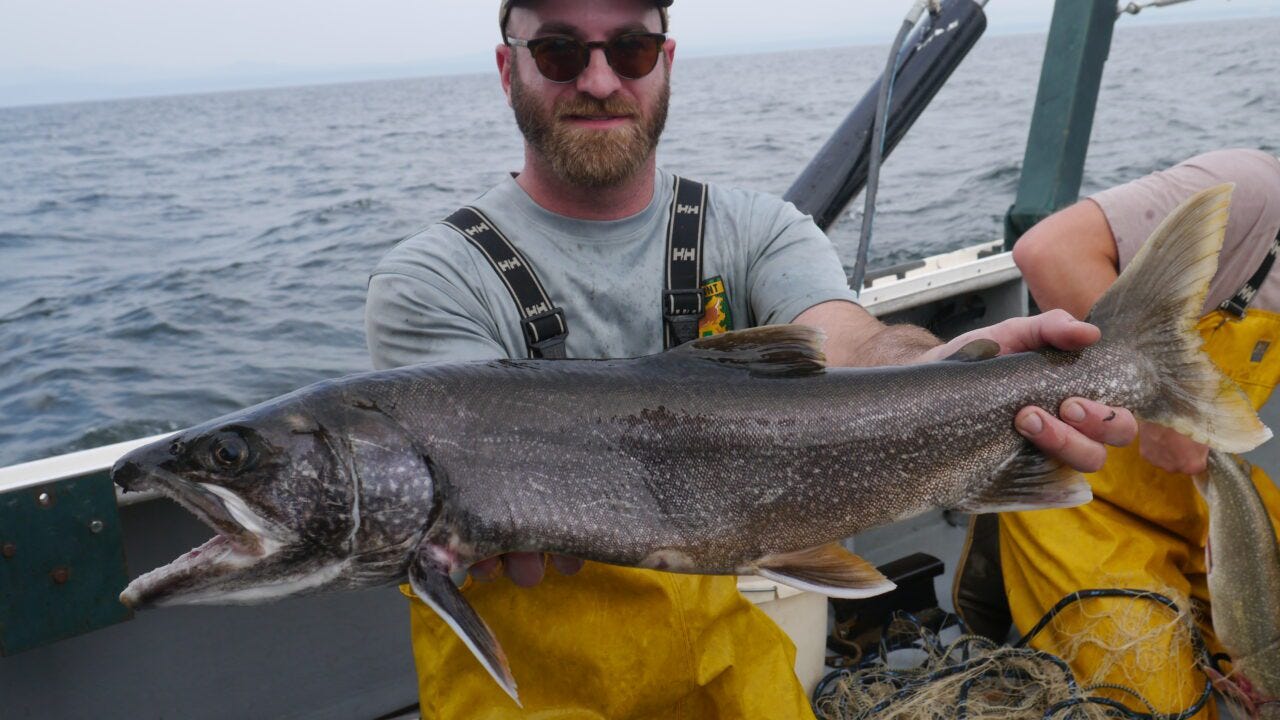
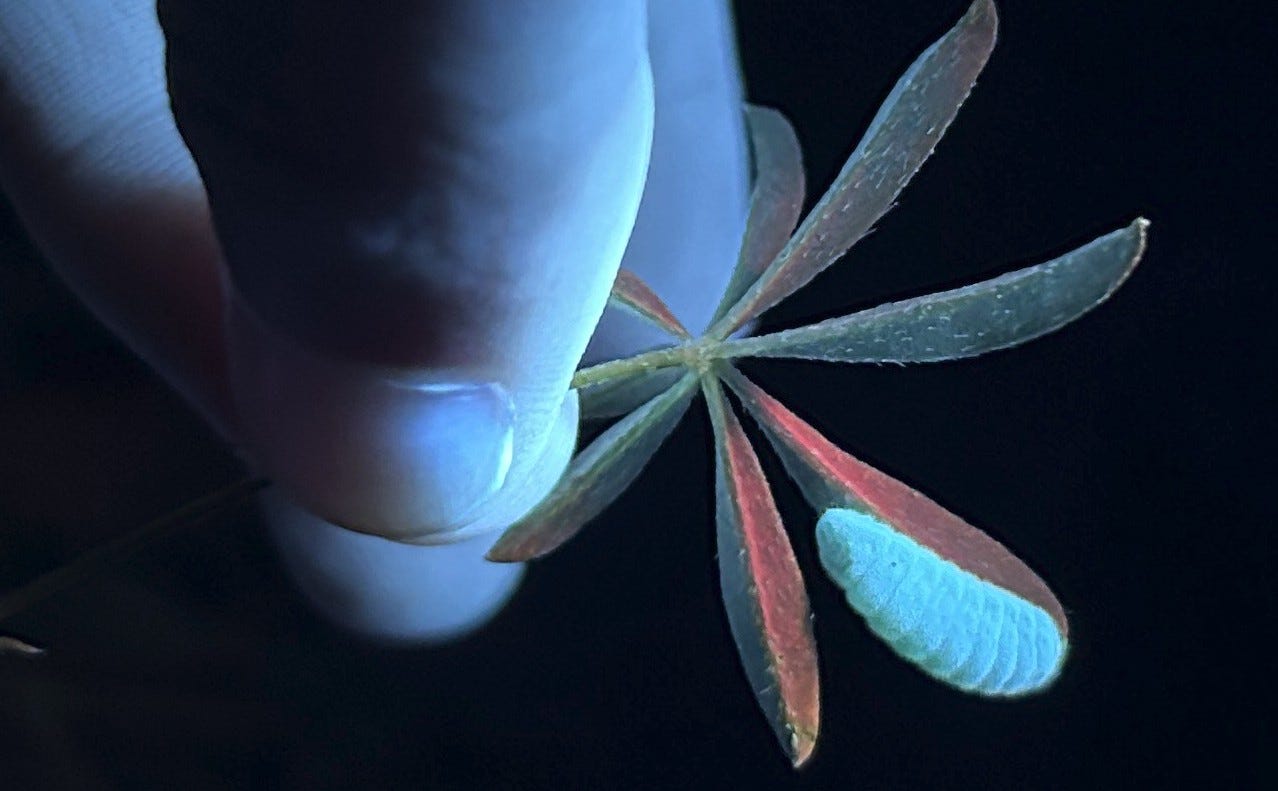
Evolution is such a nifty thing.